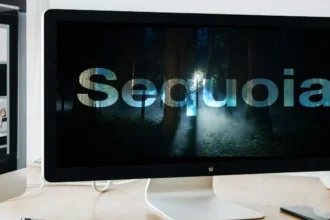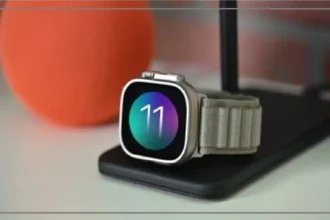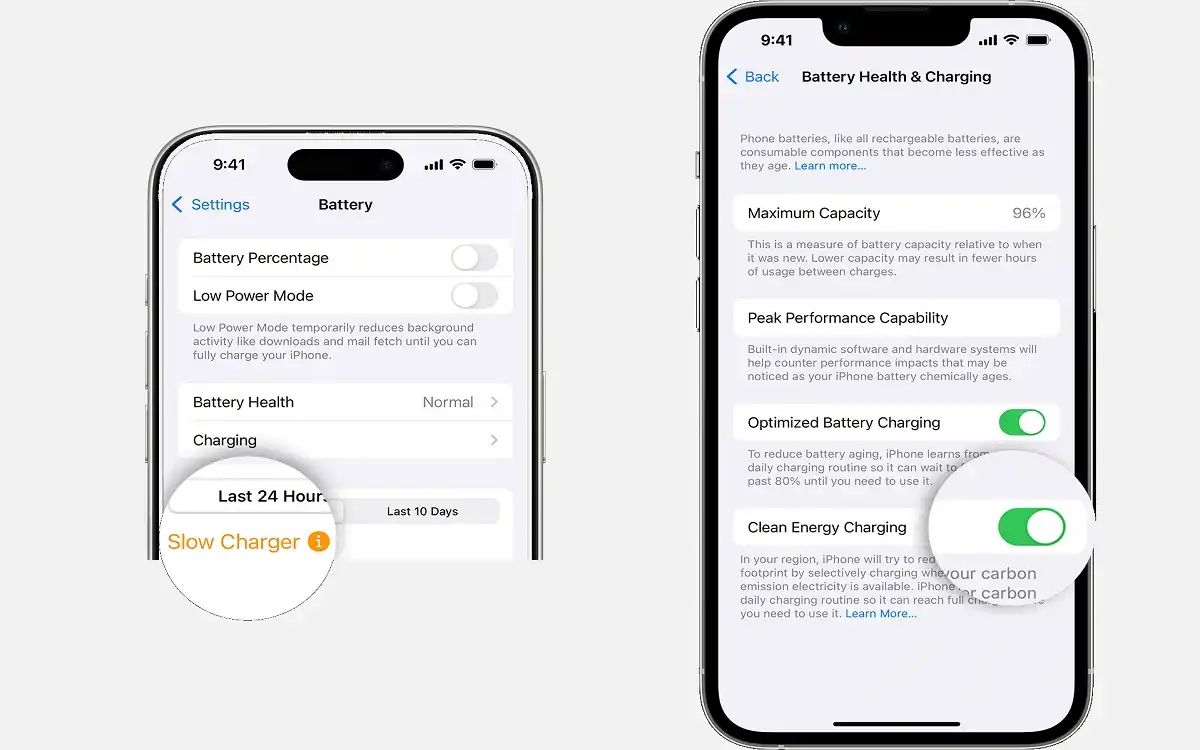Keeping your Slow iPhone Charger efficient is crucial. Whether rushing to a meeting or preparing for a long day out, understanding how to optimize your iPhone’s charging can make a significant difference in your daily routine. This comprehensive guide will help you navigate the complexities of iPhone charging, from identifying slow chargers to maximizing charging efficiency.
Recent Released: iOS 18.2 Image Playground: Everything You Should Know
What is iPhone Charging Speeds and Performance
Modern iPhones support various charging methods and speeds, but several factors can affect how quickly your device powers up. Let’s explore the key aspects of iPhone charging and how to ensure you’re getting the best possible performance.
How to Identify a Slow Charger
With the release of iOS 18, Apple has introduced new features to help users identify charging issues. Here’s what to look for:
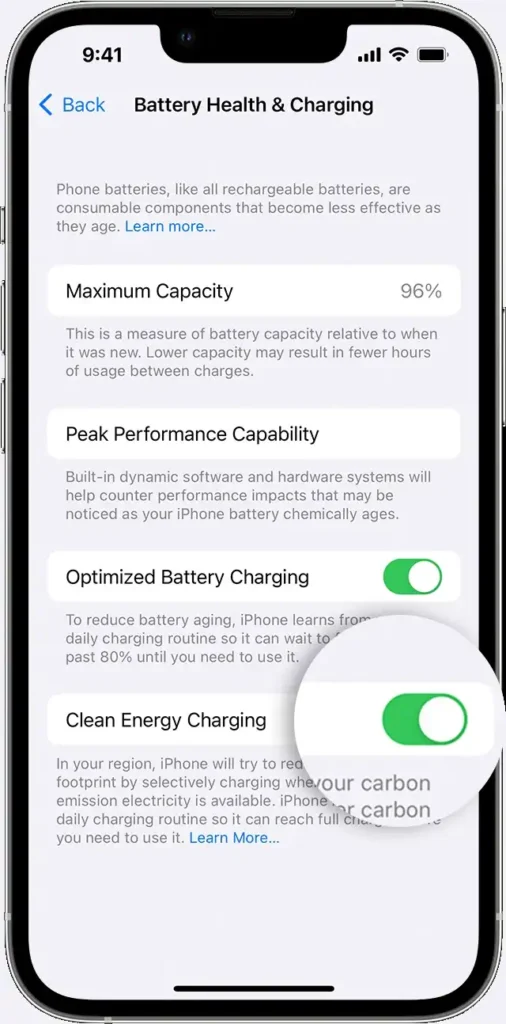
- Check Battery Settings: Navigate to Settings > Battery
- Look for Warnings: A “Slow Charger” message indicates suboptimal charging
- Monitor the Battery Graph: Orange bars during charging periods indicate reduced speed
Common Causes of Slow Charging
| Factor | Impact | Solution |
| Low-Wattage Charger | Significantly slower charging times | Use a 20W or higher USB-C Power Delivery charger |
| Multiple Devices | Reduced power distribution | Charge devices separately |
| Environmental Heat | Automatic charging throttling | Move device to cooler location |
| Device Usage | Slower charging during heavy use | Enable Airplane Mode while charging |
| Damaged Cable | Inconsistent or slow charging | Replace with certified cable |
Temperature Effects on Charging Performance
Temperature plays a crucial role in iPhone charging efficiency and battery health. Understanding these effects can help you optimize your charging routine.
Impact of High Temperatures
When your iPhone experiences high temperatures:
- Charging speed automatically reduces
- Device may temporarily pause charging
- Built-in safety features activate to protect components
Cold Weather Considerations
Low temperatures can:
- Reduce charging efficiency
- Slow down battery chemical reactions
- Potentially cause battery damage if charged while too cold
Optimal Charging Conditions
For best results, charge your iPhone:
- In room temperature environments (20°C to 25°C / 68°F to 77°F)
- Away from direct sunlight
- With the case removed if heat buildup occurs
Choosing the Right Charger
Selecting an appropriate charger is crucial for optimal charging performance. Here are the top recommendations based on recent evaluations:
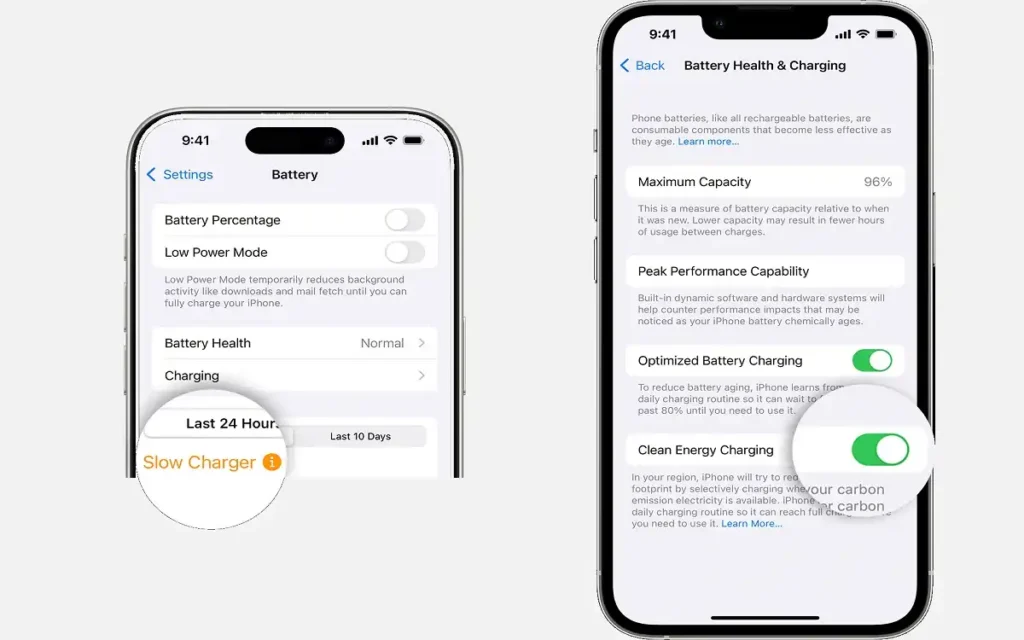
Premium Brand Options
- Anker
- PowerPort Speed Plus Duo (42W)
- Nano II 30W
- PowerPort Atom III (60W)
- Apple
- 20W USB-C Power Adapter
- MagSafe Charger (up to 25W)
- Google
- 30W USB-C Power Charger
- Nimble
- Wally Mini Plus (eco-friendly option)
- Ugreen
- Nexode 30W GaN Charger
- Nexode 45W Charger
Avoiding Counterfeit Chargers
Counterfeit chargers can be dangerous and inefficient. Here’s how to identify genuine products:
Visual Indicators
Quality Markers
- Clear, correct spelling on markings
- Proper certification logos
- High-quality packaging materials
Physical Characteristics
- Solid metal pins with matte finish
- Smooth, rounded Lightning connectors
- Appropriate weight and build quality
Safety Features
Genuine chargers include:
- MFi certification
- Proper heat management
- Quality internal components
Understanding Qi2 Wireless Charging
The new Qi2 standard represents the latest advancement in wireless charging technology. Here’s what to look for in Qi2-certified chargers:
Certification Verification
Official Markings
- Look for the Qi2 logo
- Check WPC Certified Products Database
- Verify manufacturer specifications
Key Features
- Magnetic alignment system
- Up to 15W charging capability
- Authentication certificate
Optimizing Multiple Device Charging
When charging multiple devices, power distribution becomes crucial. Here’s how to manage multiple device charging effectively:
Power Management Tips
Understanding Power Distribution
- Total wattage is shared among connected devices
- Each port may receive reduced power
- Some ports may have priority over others
Best Practices
- Use dedicated chargers for fast charging
- Avoid USB hubs for critical charging needs
- Monitor power distribution through iOS settings
Charging Best Practices and Tips
To ensure optimal charging performance and battery longevity, follow these guidelines:
Daily Charging Habits
Optimal Charging Conditions
- Use certified high-wattage chargers
- Maintain moderate temperature
- Remove case if necessary
Usage During Charging
- Limit device usage while charging
- Enable Airplane Mode for faster charging
- Keep charging port clean and debris-free
Monitoring Charging Performance
Using iOS Features
- Check Battery Health settings
- Monitor charging speed indicators
- Address warnings promptly
Regular Maintenance
- Inspect cables for damage
- Clean charging ports regularly
- Update iOS for latest optimizations
Finally
Efficient Slow iPhone Charger requires understanding various factors, from charger selection to environmental conditions. By following the guidelines in this comprehensive guide, you can ensure optimal charging performance while maintaining your device’s battery health. Remember to use certified chargers, monitor temperature conditions, and follow best practices for multiple device charging.
Keep in mind that charging technology continues to evolve, and staying informed about the latest standards and recommendations will help you make the most of your iPhone’s charging capabilities. Whether you’re using wired or wireless charging, the key is to balance convenience with optimal charging practices for the best possible experience.
For More Apple Tech Update Visit Considering Apple




